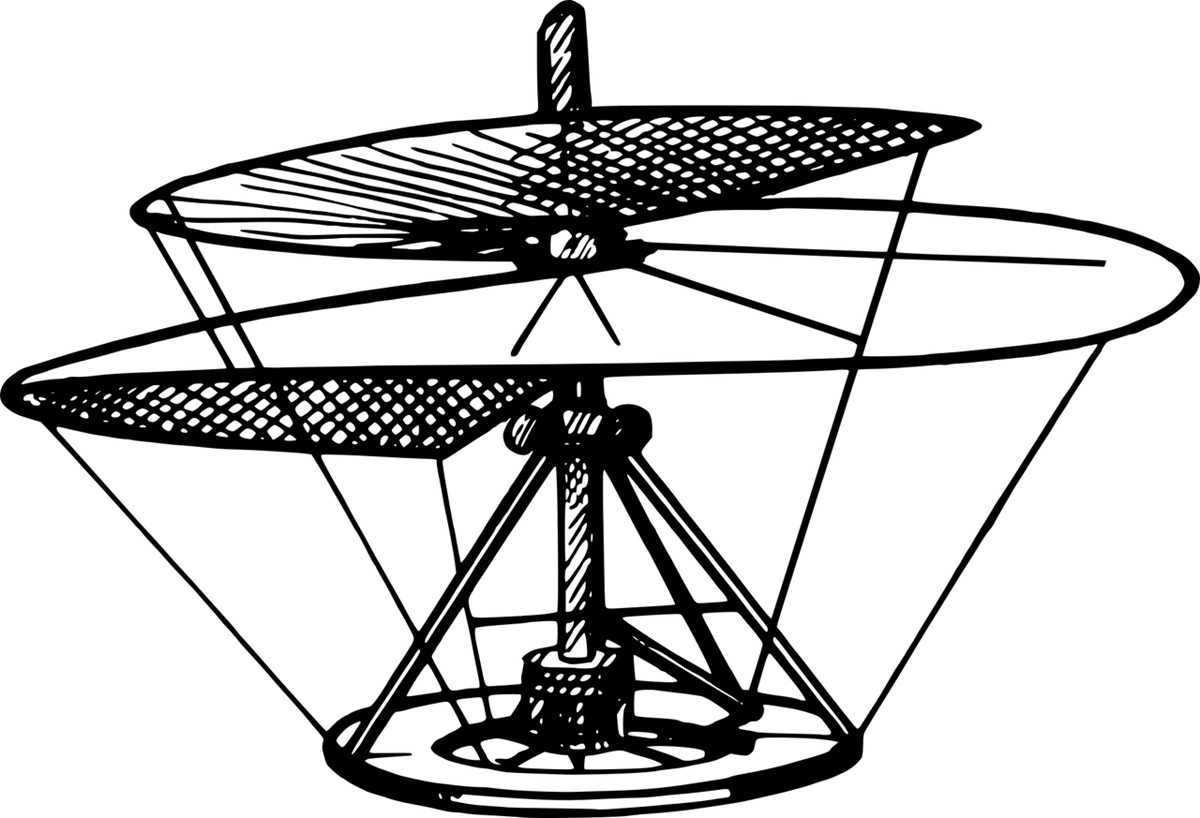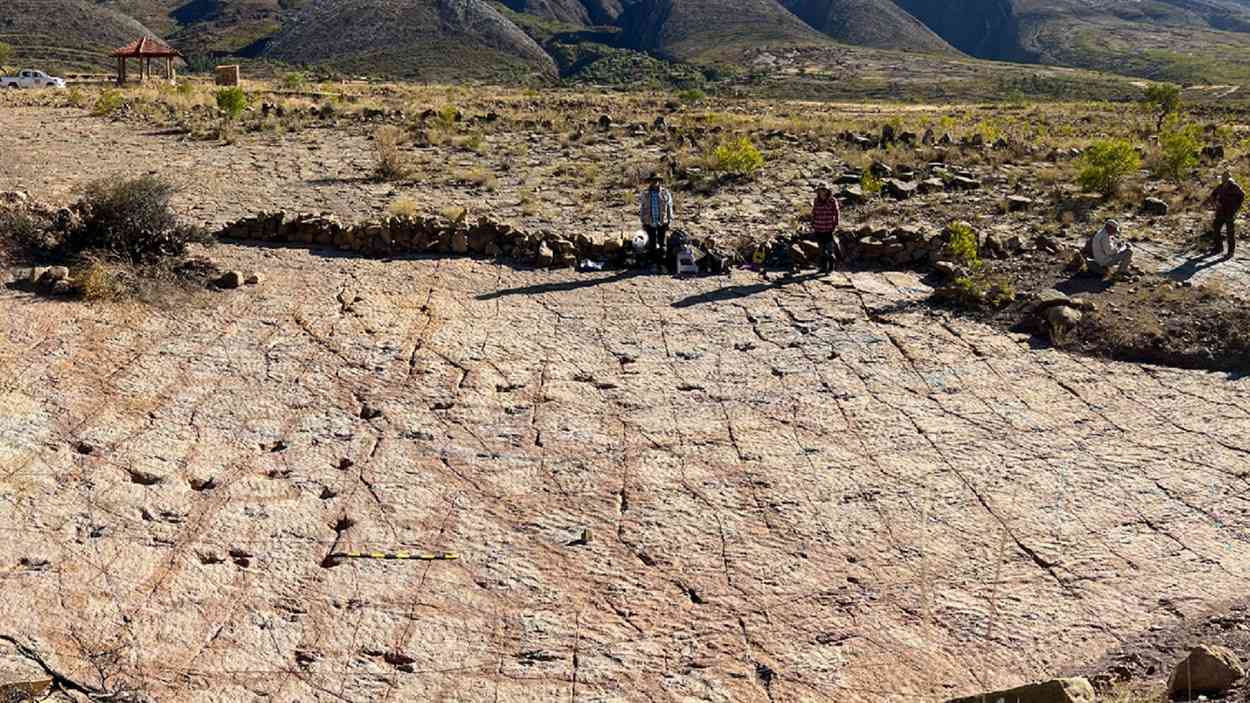Humanism
Anger, Resentment, and Silent Treatment: How to Regain Control Over Your Emotions
30 December 2025

Leonardo da Vinci's famous "aerial screw" project was considered a brilliant but impractical failure for 500 years. However, now, armed with supercomputers, engineers at Johns Hopkins University have discovered something astonishing: this Renaissance rotor is more efficient than modern propellers. Consequently, this groundbreaking finding could solve the biggest problem facing drones flying over our cities, furthering the Da Vinci drone project's legacy.
Leonardo da Vinci, one of history’s most inspiring figures, already in 1480, sketched a flying machine design we would today call a helicopter. His spiral “aerial screw,” probably inspired by Archimedes’ screw, was intended to ascend vertically through rapid rotation. This historical Da Vinci drone project showcased an innovative concept.
While the idea was brilliant, it was centuries ahead of its time. For instance, without access to lightweight materials and powerful engines, Leonardo’s machine was to be powered by human muscle. Unfortunately, it was simply too heavy to ever take flight. Consequently, it remained a fascinating yet unrealizable vision—that is, until now.
Recommended reading: The Big Game for a Tiny Screw: Humanoids Won’t Move Without It
Contemporary science decided to give Leonardo’s idea a second life. A research team, led by Professor Rajat Mittal of Johns Hopkins University, decided to investigate what might happen if the Renaissance genius had access to today’s technology. To this end, by utilizing advanced Computational Fluid Dynamics (CFD) simulations, engineers created a virtual model of the aerial screw and subjected it to rigorous tests. Their primary goal was to determine how this unusual shape would behave in the air.
To their astonishment, computer simulations yielded results that truly baffled the researchers. Indeed, Da Vinci’s spiral rotor proved surprisingly effective. Furthermore, it was capable of generating the same lift as classic propellers, but at a significantly lower rotational speed.
“We were surprised. We thought this shape would be very inefficient, yet it exceeded our expectations,” Professor Mittal admitted in an interview with “New Scientist.”
Ultimately, this discovery offers not only reduced energy consumption but also the potential for creating a very quiet drone. Analysis of the airflow around the Renaissance design showed that its unique aerodynamic properties minimize the formation of loud vortices, which are a common problem for modern machines.
With the growing popularity of drones in cities—used for deliveries, inspections, and by emergency services, for example—a serious problem arises: noise. The continuous buzzing overhead remains one of the greatest barriers to the widespread acceptance of this technology.
“If you can generate the same thrust at a lower rotational speed, then the noise will be less. Da Vinci didn’t need to know the exact science, but his intuition certainly did not fail him,” explains Professor Sheryl Grace of Boston University.
Nevertheless, before machines based on his idea enter mass production, further testing of physical prototypes is essential. One thing is certain: Leonardo’s imagination continues to lead his era. Consequently, his screw, even though drawn over 500 years ago, can now transform into modern, efficient machines. Therefore, a very quiet drone based on this concept may soon solve the challenges of modern metropolises.
Polish version: Ten projekt Da Vinciego miał nie działać. 500 lat później naukowcy są w szoku
Humanism
30 December 2025



Zmień tryb na ciemny